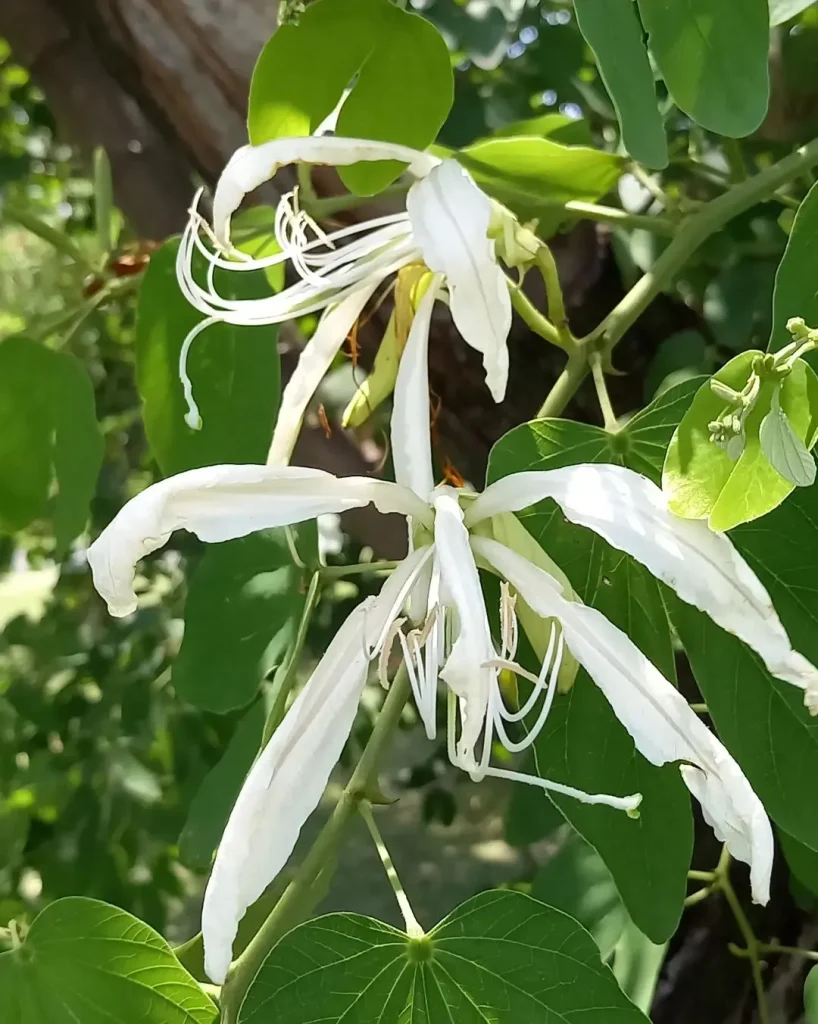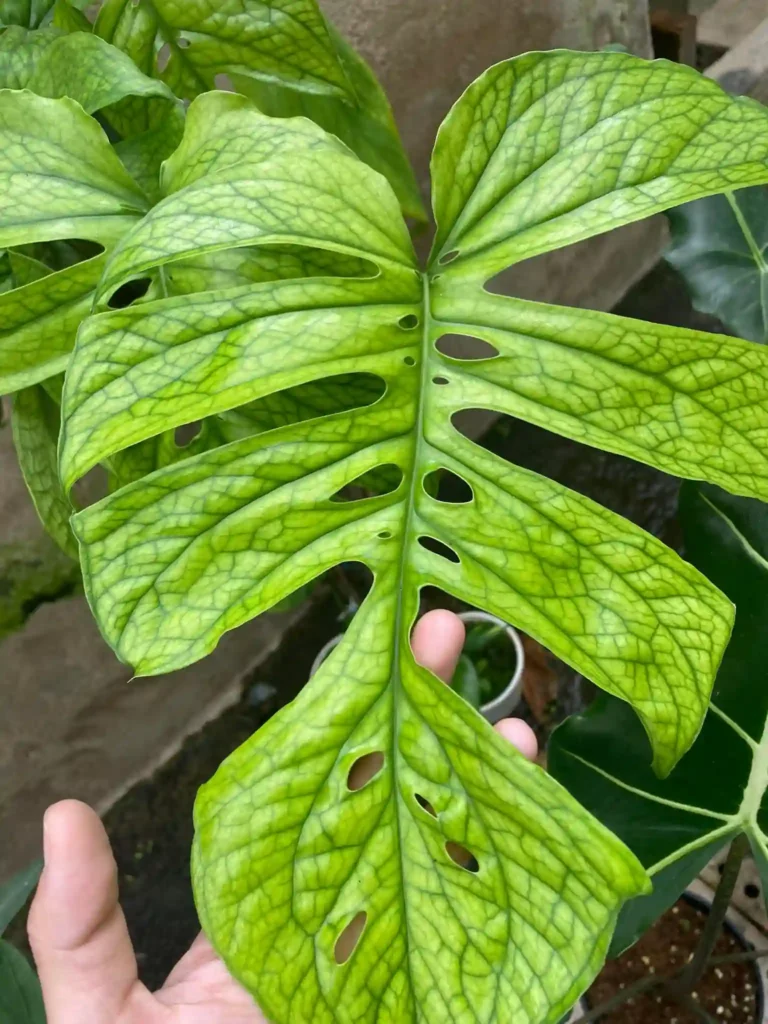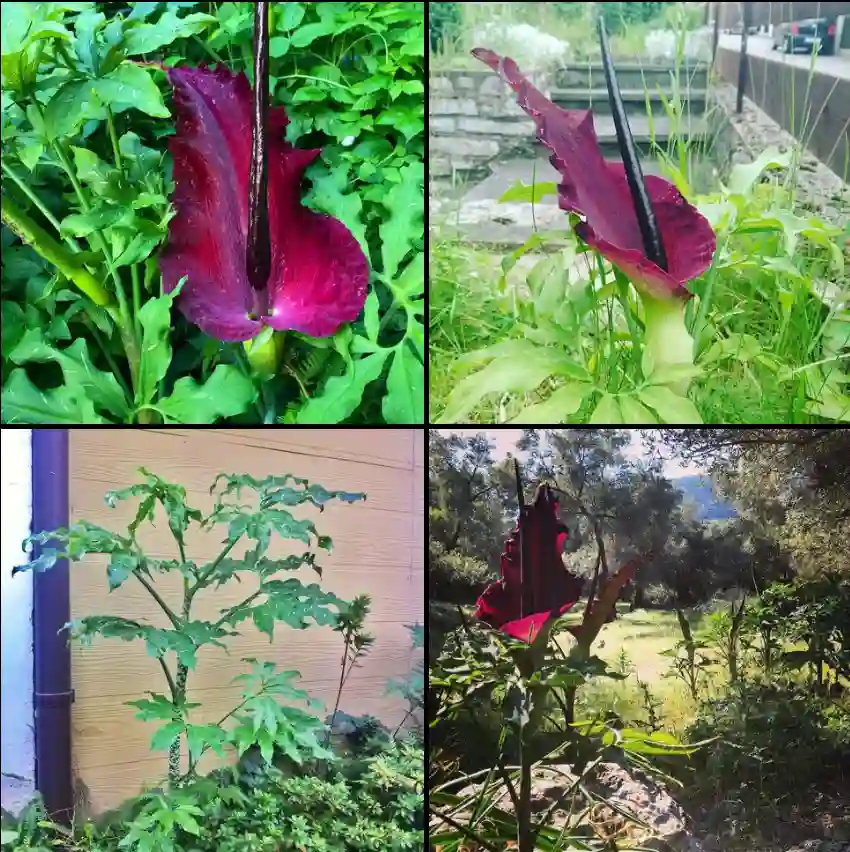Hamamelidaceae: The Witch Hazel Family – A Personal Exploration
As a budding botanist, I’ve always been drawn to the unique and often overlooked plant families. One such family that has captured my imagination is Hamamelidaceae, commonly known as the witch hazel family. This fascinating group of plants, primarily found in temperate and subtropical regions of the Northern Hemisphere, boasts a rich history and an array of intriguing characteristics.
Distinguishing Features of Hamamelidaceae
The Hamamelidaceae family is distinguished by several key features that set it apart from other plant families. The most striking of these is the unusual flowering pattern, with blooms often appearing in late winter or early spring, defying the conventional expectations of the growing season. The flowers themselves are often small and inconspicuous, but they are often fragrant and attract pollinators like bees and flies.
Another hallmark of this family is the presence of stellate hairs, or star-shaped trichomes, on various plant parts. These tiny structures serve multiple functions, including reducing water loss, protecting against herbivores, and even aiding in seed dispersal.
Genera of Hamamelidaceae
The Hamamelidaceae family encompasses a diverse range of genera, each with its unique charm and ecological significance. Some of the most notable genera include:
- Hamamelis: The namesake genus of the family, Hamamelis, or witch hazel, is renowned for its medicinal properties and its unusual flowering habit. – 5 Species in Genus Hamamelis
- Parrotia: This genus is notable for its vibrant fall foliage, with leaves turning brilliant shades of yellow, orange, and red. – 2 Species in Genus Parrotia
- Fothergilla: Named after the English physician John Fothergill, this genus is prized for its showy white or cream-colored flowers, which bloom in spring before the leaves emerge. – 4 Species in Genus Fothergilla
- Corylopsis: Often referred to as winter hazel, this genus features fragrant, pendulous flowers that appear in late winter or early spring.
- Chunia: A monotypic genus comprising a single species, Chunia bucklandioides, a large evergreen tree native to southern China and northern Vietnam.
- Dicoryphe: A genus of evergreen trees and shrubs native to Madagascar and the Comoros, recognized for their aromatic leaves and small, clustered flowers.
- Disanthus: A small genus of deciduous shrubs native to eastern Asia, characterized by their unique two-petaled flowers and attractive fall foliage.
- Distyliopsis: A genus of evergreen trees or shrubs native to southern China and Vietnam, with leathery leaves and inconspicuous flowers.
- Distylium: A genus of evergreen trees and shrubs native to eastern Asia, known for their tough leaves and small, wind-pollinated flowers. – 16 Species in Genus Distylium
- Embolanthera: A monotypic genus represented by Embolanthera glabrescens, a rare evergreen tree endemic to southern China.
- Eustigma: A monotypic genus containing Eustigma oblongifolium, a deciduous tree native to southern China and northern Vietnam, known for its attractive red fruits.
- Exbucklandia: A genus of evergreen trees native to Asia, characterized by their large, leathery leaves and cone-like fruiting structures.
- Fortunearia: A monotypic genus consisting of Fortunearia sinensis, a deciduous shrub or small tree native to China, with fragrant flowers and winged fruits.
- Loropetalum: A genus of evergreen shrubs native to eastern Asia, popular in horticulture for their showy, strap-shaped petals and often fragrant flowers. – 5 Species in Genus Loropetalum – Chinese Fringe Flower
- Maingaya: A monotypic genus represented by Maingaya malayana, a large evergreen tree native to Southeast Asia, known for its buttress roots and large, leathery leaves.
- Matudaea: A genus of evergreen trees native to Mexico and Central America, with simple leaves and small, clustered flowers.
- Molinadendron: A small genus of evergreen trees native to Central America, with distinctive, winged fruits.
- Mytilaria: A monotypic genus consisting of Mytilaria laosensis, a rare evergreen tree native to Laos and Vietnam, with mussel-shaped fruits.
- Neostrearia: A monotypic genus represented by Neostrearia fleckeri, a rainforest tree endemic to northeastern Australia, known for its large, leathery leaves.
- Noahdendron: A monotypic genus containing Noahdendron nicholasii, a rare evergreen tree endemic to southern China.
- Ostrearia: A monotypic genus represented by Ostrearia australiana, a rainforest tree native to eastern Australia, known for its distinctive oyster-shaped fruits.
- Parrotiopsis: A monotypic genus consisting of Parrotiopsis jacquemontiana, a deciduous shrub or small tree native to the Himalayas, with attractive, white bracts surrounding the flowers.
- Rhodoleia: A genus of evergreen trees native to southern China and Southeast Asia, admired for their showy, pink or red, camellia-like flowers.
- Sinowilsonia: A monotypic genus represented by Sinowilsonia henryi, a deciduous tree native to central China, with attractive, winged fruits.
- Sycopsis: A genus of evergreen trees and shrubs native to Asia, characterized by their small, inconspicuous flowers and fig-like fruiting structures.
- Trichocladus: A genus of evergreen trees and shrubs native to southern Africa and Madagascar, recognized for their hairy leaves and small, fragrant flowers.
Hamamelidaceae: An Ecological Powerhouse
Beyond their ornamental value and medicinal uses, members of the Hamamelidaceae family play crucial roles in their respective ecosystems. They provide food and shelter for a variety of wildlife, including birds, insects, and small mammals. Additionally, their deep root systems help to stabilize soil and prevent erosion, contributing to the overall health and resilience of the environment.
Personal Reflections on Hamamelidaceae
My fascination with Hamamelidaceae stems from their unique blend of beauty, resilience, and ecological significance. As I continue to explore the world of plants, I am constantly reminded of the interconnectedness of all living things and the vital role that plant families like Hamamelidaceae play in maintaining the delicate balance of our planet.
If i die, water my plants!



